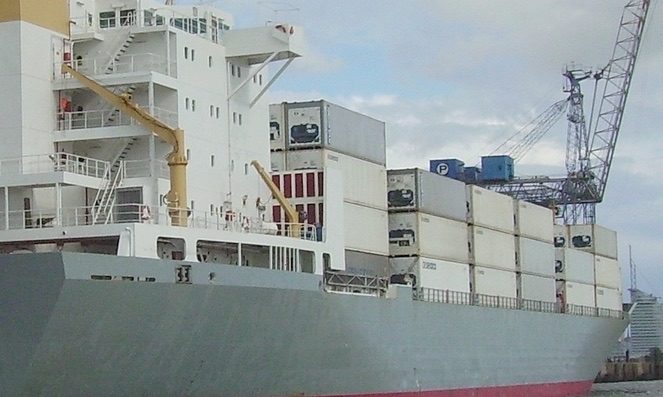Reefer ships branded an endangered species

Analysts at Dynamar expect conventional reefer ships to become an “endangered species” in a new report. An ageing fleet, new IMO environmental regulations and encroaching volumes now shipped on container vessels have all transpired to make the reefer vessel a ship type on the wane.
Last year, seaborne transport of fresh produce carried in both conventional reefer ships and refrigerated containers was estimated to have grown by around 5% to 116m tons
Until the turn of the century, conventional reefer ships were the main fresh produce carriers. That has fallen, considerably, and it was just 18% in 2017, a figure that is set to slide further, in no small part thanks to next year’s start of the IMO sulphur cap on shipping fuel.
“Fuel costs make up a larger part of the costs for conventional reefer operators. Scrubbers or LNG are not an option for elderly ships because the costs are just too great. For those ship operators struggling to stay afloat, some may decide to scrap some of their oldest ships, or even exit the industry altogether,” the Dynmar report posited.
At the end of last year, the world maritime container reefer box fleet totalled 2.9m teu, comprised of predominantly 40’ high-cubes. Production in 2018 was projected to reach 130,000 teu, which is an approximate growth of 12% compared to the year before. For 2019, production is predicted to rise, but not by much. Many of the world’s top containerlines placed very sizeable orders for reefer containers over the past 12 months.
By contrast, using data from July 1 last year, there were 574 conventional reefer ships larger than 100,000 cu ft in service with a combined capacity of 183.9m cu ft. The vessels have an approximate total container capacity of 51,700 teu, equating to less than 2% of the liner reefer fleet.
Dynmar went on to highlight how liners have over the past couple of years been able to extract far better freight rates for their reefer shipments compared to traditional reefer operators.
Concluding, the Dutch analysts stated: “There is no room for nostalgia and the decline in the conventional reefer fleet persists.”
Dynamar predicted the conventional reefer fleet to fall to around 310 ships, equivalent to 100m cu ft, by 2030.

The only surprise about this article is that it has taken so long to reach this point.
The writing was on the wall as early as 2000 and, in spite of that, some operators insisted that all they needed to do was to maintain their market participation in freight tonnage terms to continue because, even though the incremental market share was all going to containers, the throughput would be enough to keep them all in the game.
However, almost no new pure reefer ships were built (with the exception of a small series for Star Shipping) and the doomed Colour class Seatrades were farmed off to CMA-CGM.
Now, with Marpol VI on the horizon, all the old white ladies will find their way to Alang or wherever they are allowed to end their days and that will be that.
Can the former conventional reefer guys keep going with containers in the light of consolidation and ever more demanding infrastructure? It is hard to see them maintaining a niche in any trade with a couple of middle aged reefers and a slot charter here and there, let alone worldwide as before because cargo will be re-routed and the tipping point of participation will be reached ever more quickly.